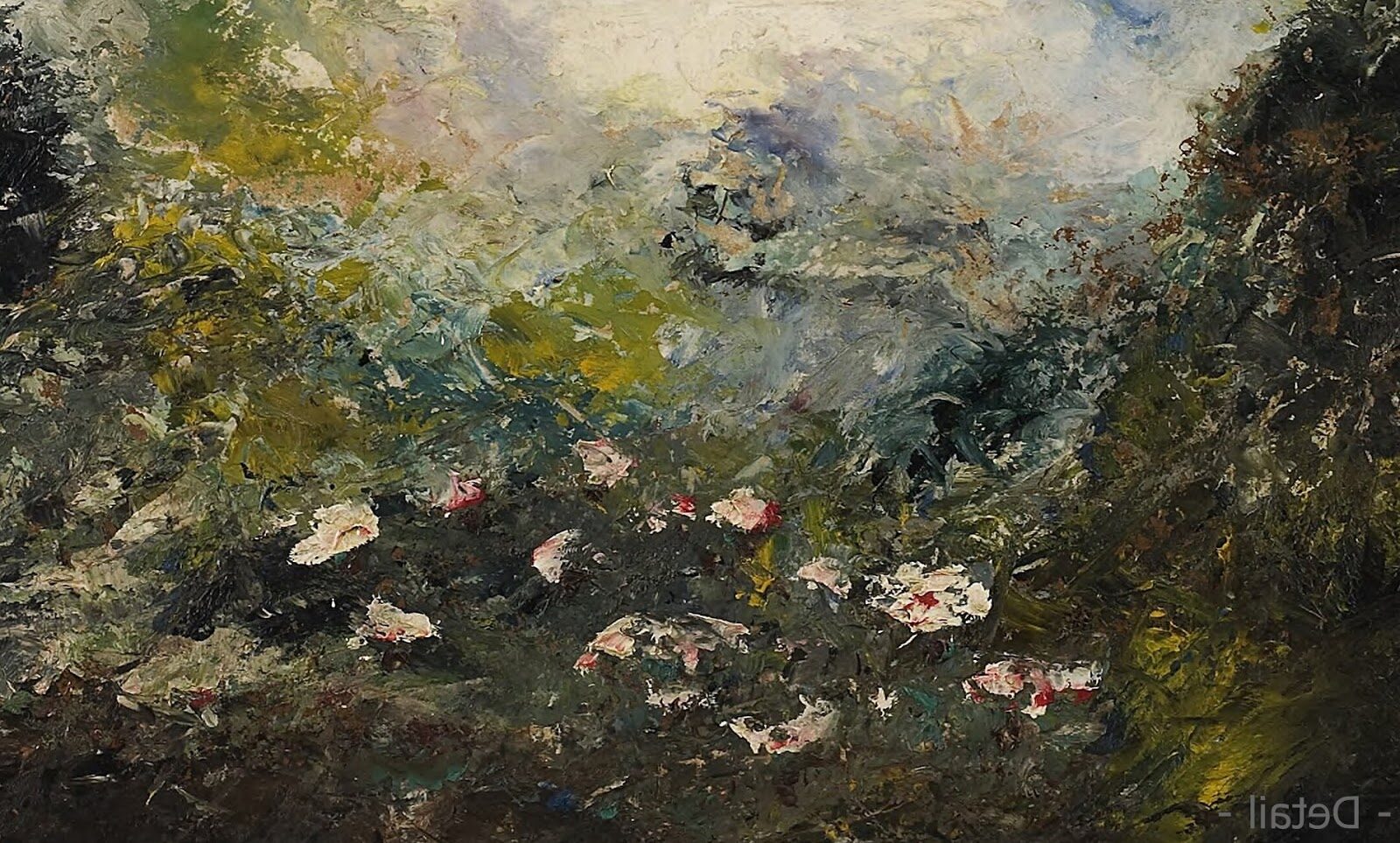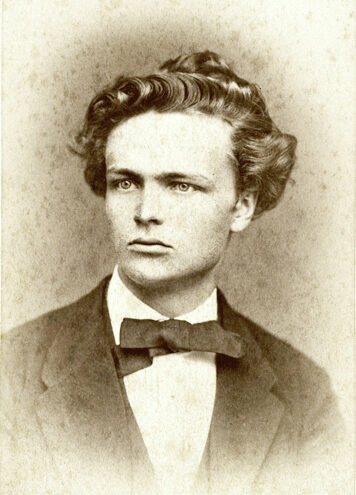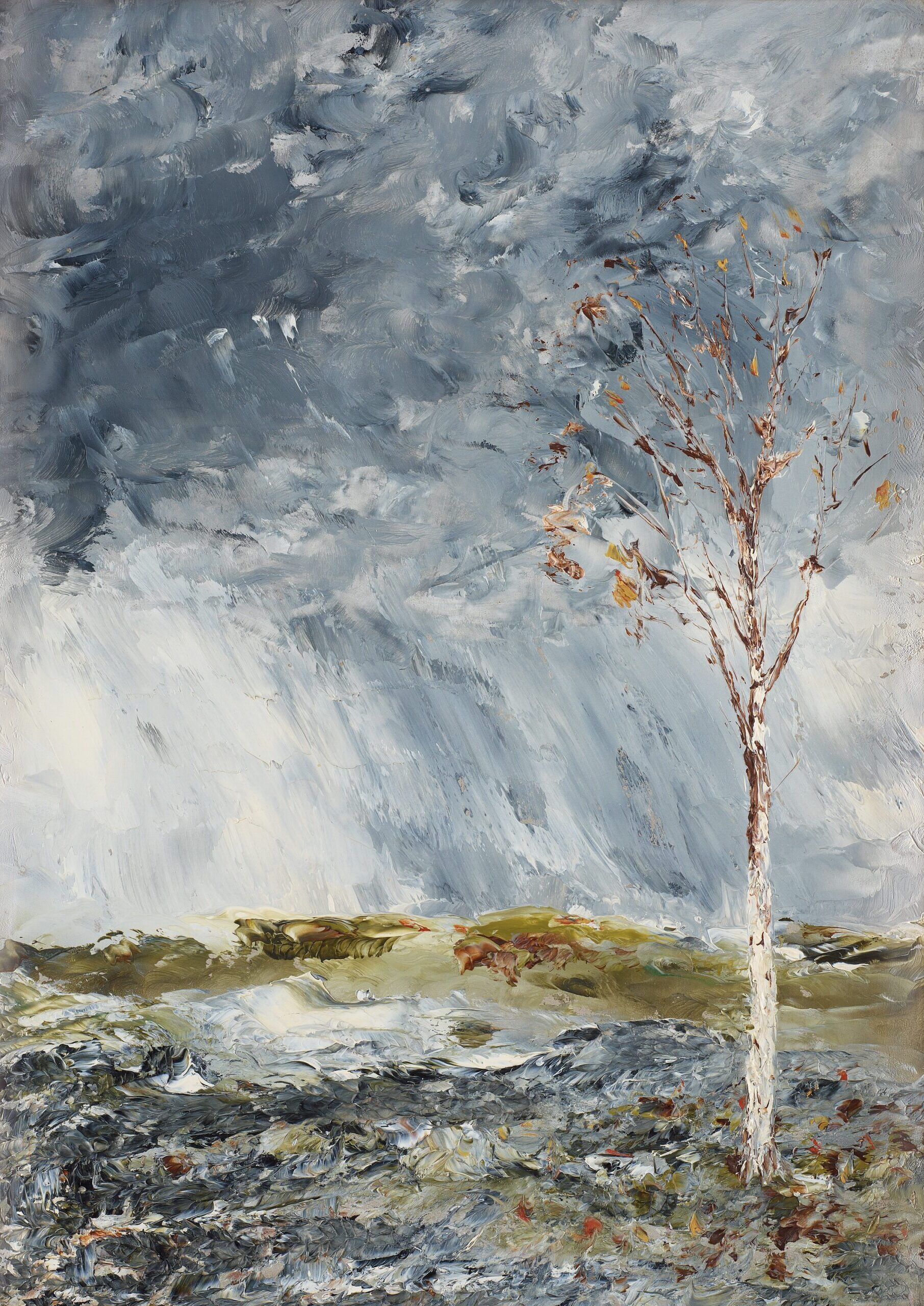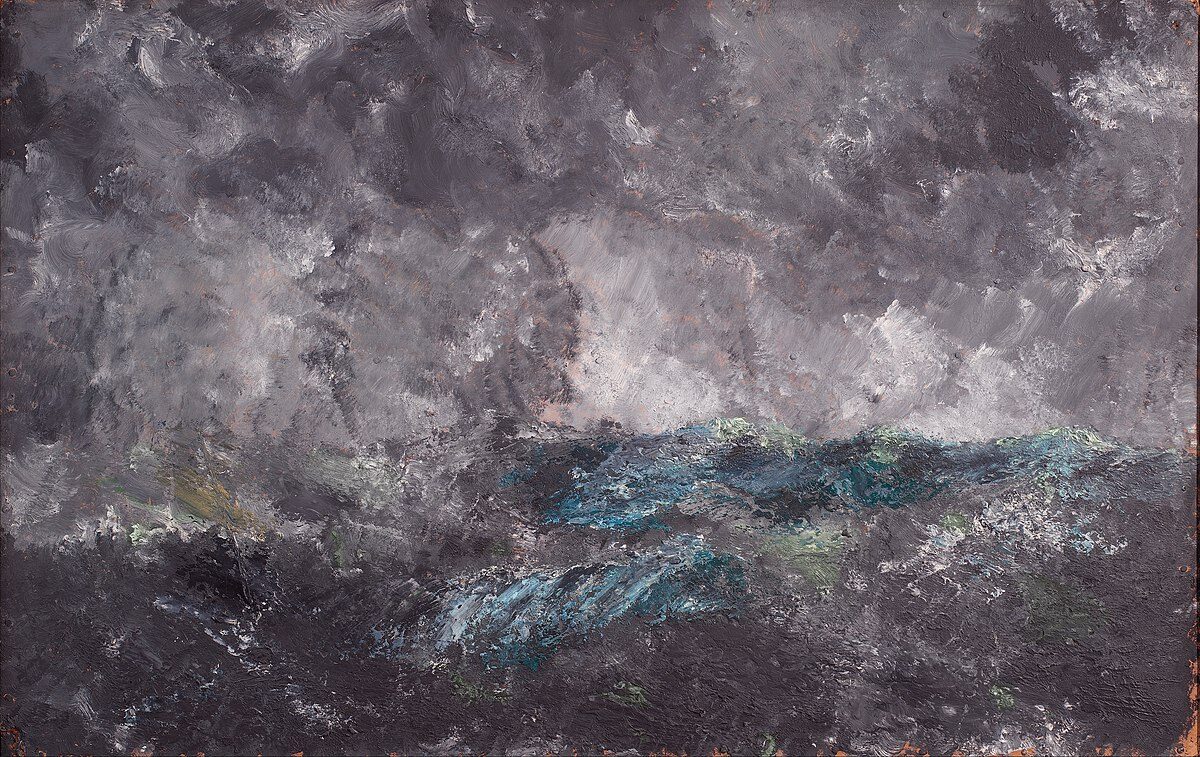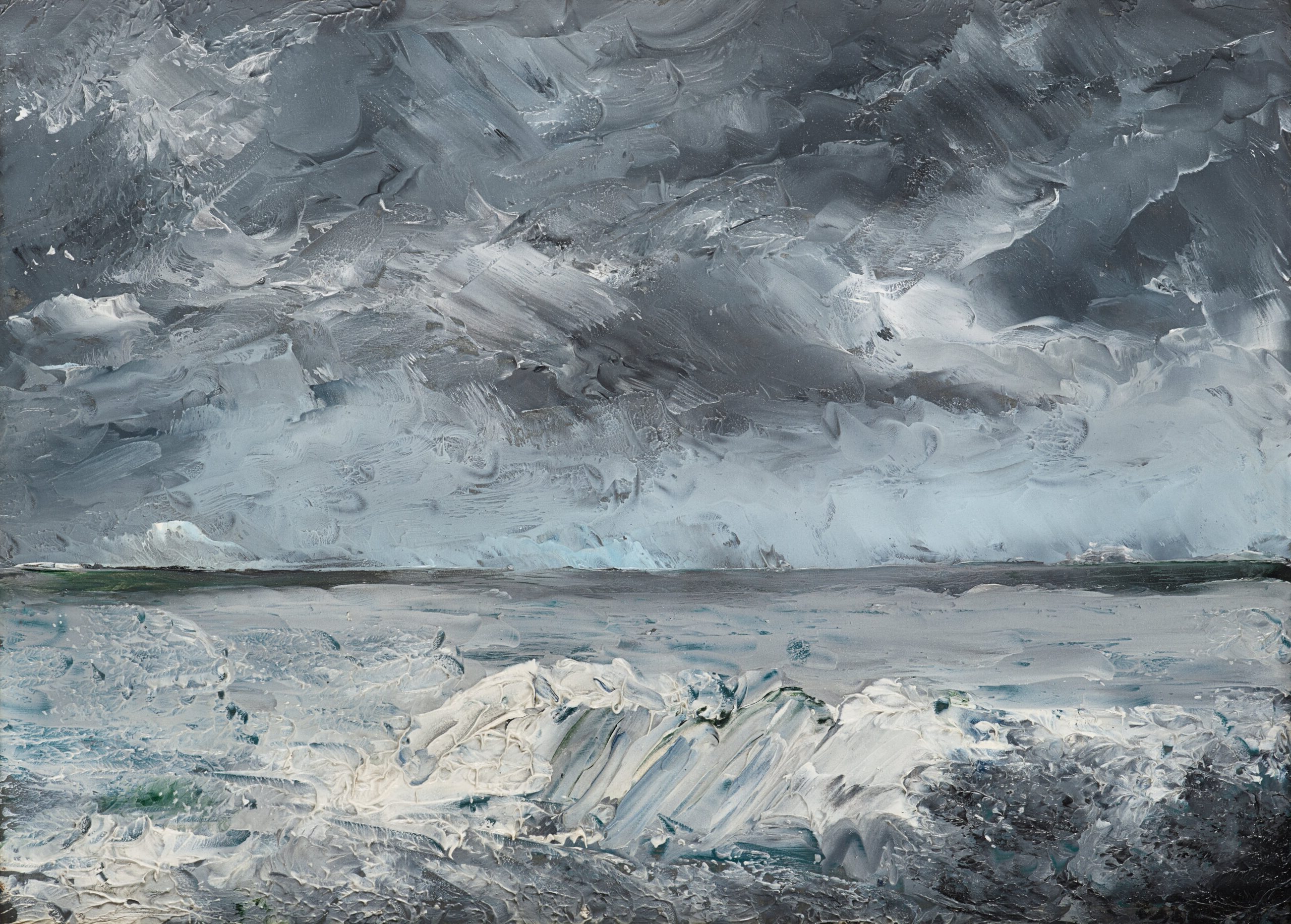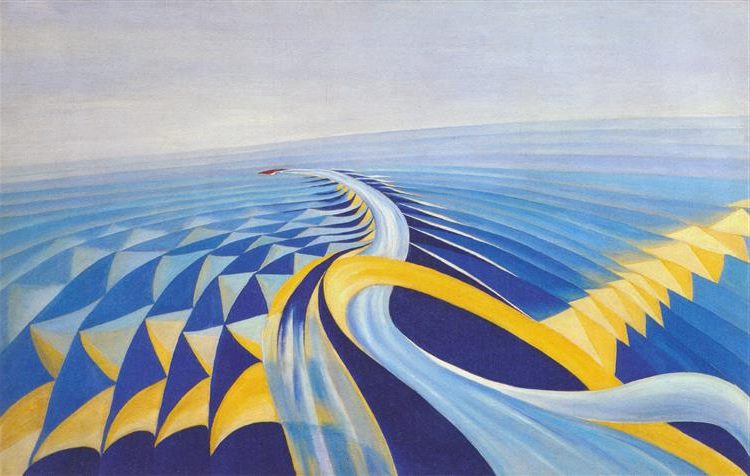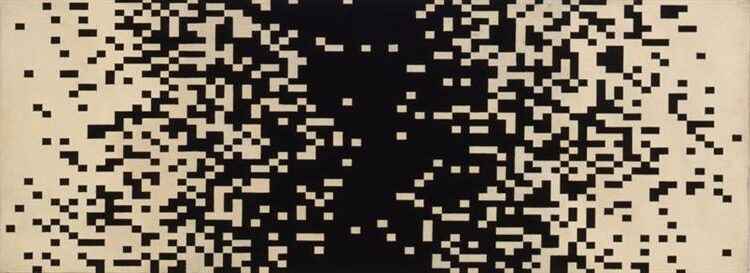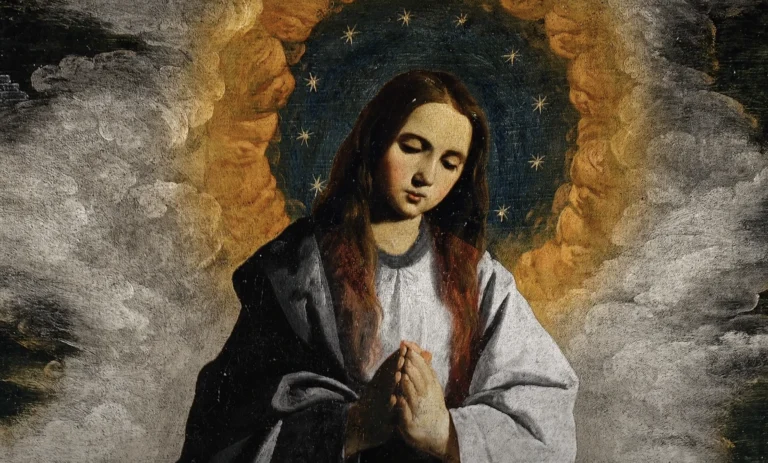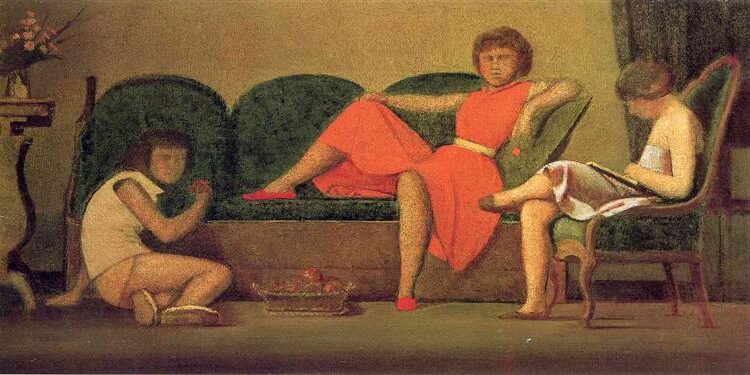August Strindberg Painter: Exploring the Artistic Legacy of Sweden’s Multifaceted Genius
Born: 22 January 1849, Stockholm, Sweden
Death: 14 May 1912, Stockholm, Sweden
Art Movement: Naturalism, Expressionism
Nationalité : Suédois
Influencé par : Emanuel Swedenborg
August Strindberg Painter: Exploring the Artistic Legacy of Sweden’s Multifaceted Genius
August Strindberg’s Artistic Journey
August Strindberg’s path as a artiste visuel reflected his innovative spirit and experimental nature. His paintings show a distinctive approach that challenged conventional artistic techniques of his time.
Multifaceted Career: Writer and Painter
While primarily celebrated for his literary works, Strindberg pursued painting with remarkable passion throughout his life. He began painting seriously in the 1870s, but his most intensive artistic period occurred in the 1890s during a time of personal crisis.

Storm in the Skerries. “The Flying Dutchman”, 1892
Strindberg’s approach to painting was unconventional. He rejected formal training and developed unique techniques, sometimes applying paint with knives or his fingers instead of brushes. His seascapes and landscapes often featured dramatic skies and turbulent waves.
Unlike his meticulous writing process, Strindberg embraced spontaneity in painting. He explored chance and natural forces, even experimenting with exposing canvases to the elements.
Influence of Contemporaries
Strindberg worked during the same period as impressionist masters like Claude Monet, though his style developed independently. His bold approach to color and form shared some qualities with Edvard Munch’s emotionally charged works.
Unlike the more structured impressionism of his time, Strindberg’s paintings featured abstract elements that some art historians view as precursors to expressionism. His stormy seascapes, with their swirling forms and emotional intensity, reflected his inner turmoil.
Strindberg’s painting “The Wave” shows similarities to Van Gogh’s dynamic brushwork but emerges from his own distinct vision. His artistic independence allowed him to create works that defied easy categorization.
Overview of Strindberg’s Paintings
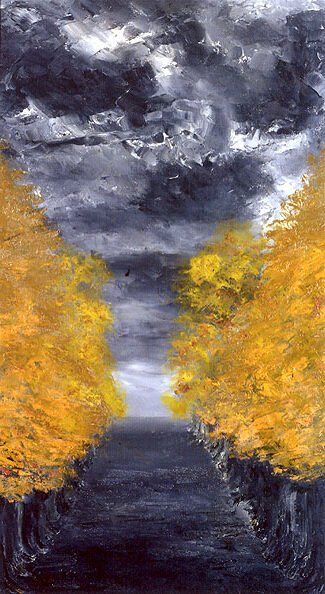
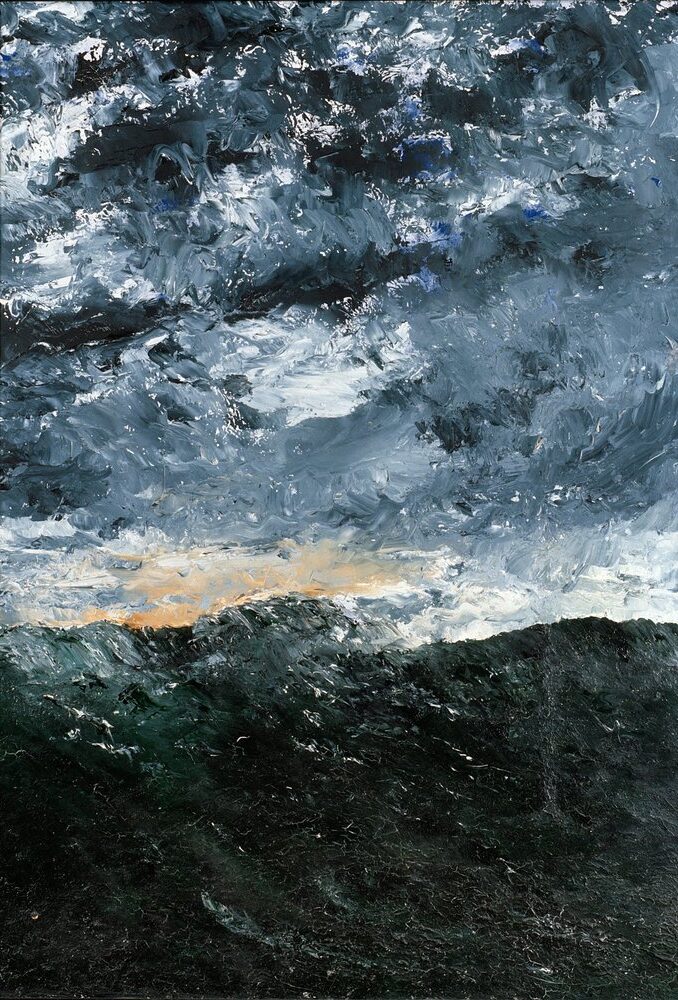
August Strindberg created around 100 paintings during three distinct periods of his life: 1872-1874, 1892-1894, and briefly after 1900. His work features bold expressionist brushstrokes and often explores both terrestrial landscapes and celestial themes.
Thematic Exploration
Strindberg’s paintings reflect his complex relationship with nature and existence. His landscapes and seascapes capture both the beauty and violence of natural forces. These works often blur the line between representation and abstraction, showing his interest in l'expression émotionnelle over realistic depiction.
Many paintings contain themes of life and death, particularly evident in works like “Golgotha” which references biblical suffering. His “Wonderland” series presents dreamlike scenes that mirror his own psychological states.
Skies feature prominently in his work. Strindberg used thick paint and expressive techniques to create turbulent cloud formations and dramatic lighting effects that suggest both cosmic wonder and existential dread.
Travaux importants
“The Pine” (1873) represents one of Strindberg’s earliest paintings, showcasing his initial approach to landscape art. “Beach Party” from the same year demonstrates his interest in social scenes within natural settings.
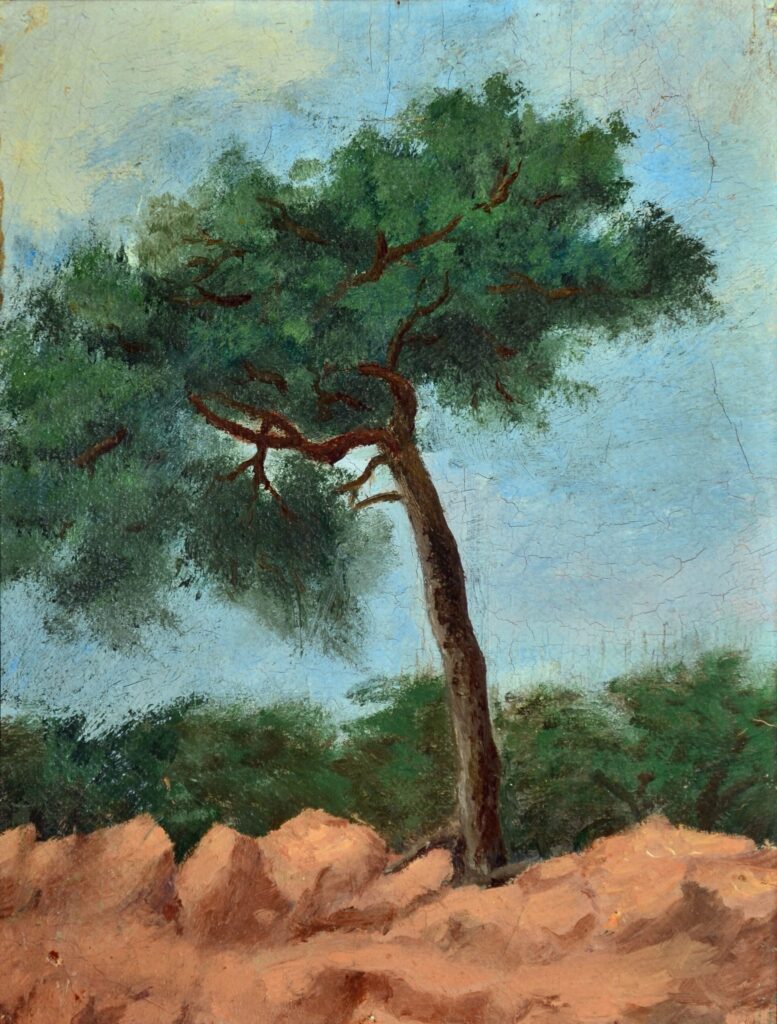
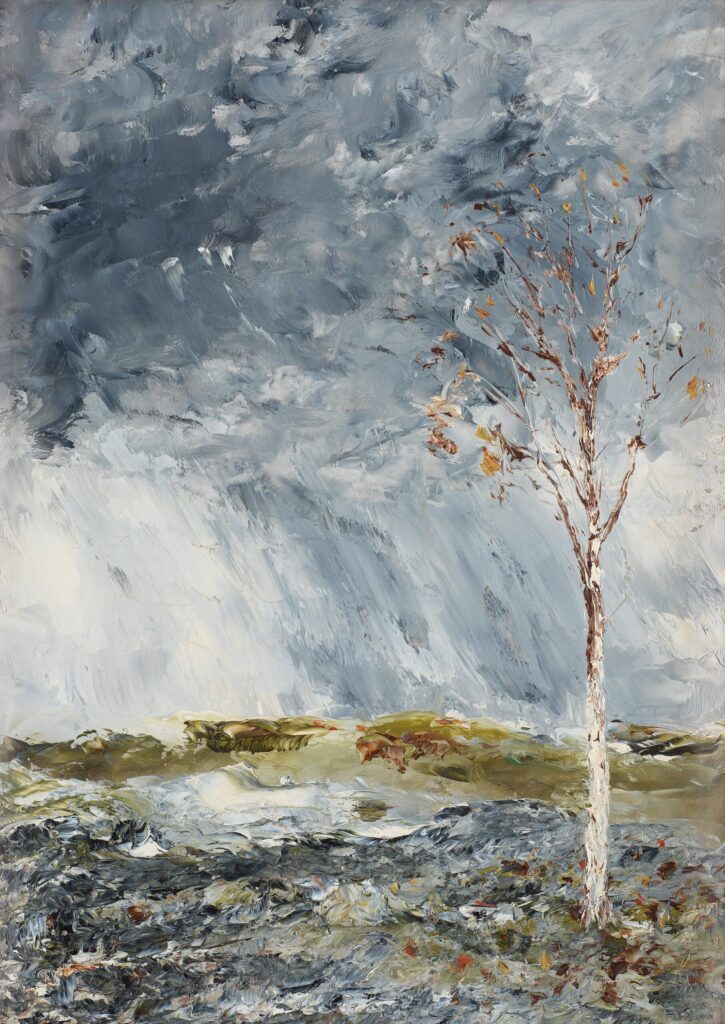
“Double Vision” (1892) marks his shift toward more experimental techniques during his most productive painting period. This work reveals his growing fascination with perceptual experiences and altered states of consciousness.
“Land Clearing” (1892) exemplifies his use of bold brushwork and textured surfaces. The painting depicts human intervention in nature with ambiguous emotional overtones.
Strindberg’s celestial photographs, known as “Celestographs,” though not paintings, relate closely to his painted skies and show his interdisciplinary approach to capturing cosmic phenomena.
Artistic Legacy and Market Reception
Strindberg’s paintings, once dismissed as amateur works, have gained significant recognition in the art world over time. His unique approach to landscape and celestial imagery has secured him a place in major museums, with his works occasionally appearing at prestigious auctions.
Presence in Museums and Galleries
Strindberg’s héritage artistique is preserved primarily in Swedish institutions. The National Museum in Stockholm holds a significant collection of his paintings, showcasing his experimental approach to landscape art.
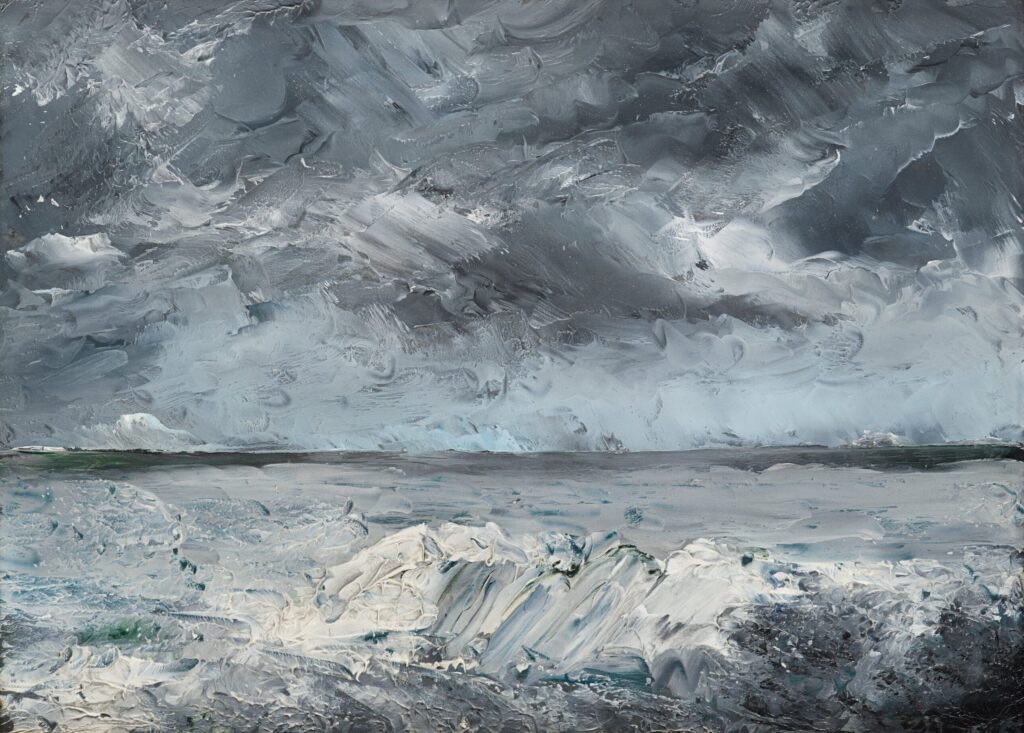
Pack Ice on the Beach, by August Strindberg
Moderna Museet also features his works prominently, recognizing his contribution to early modernist aesthetics.
Outside Sweden, the Musée d’Orsay in Paris has displayed his paintings, particularly following the first French monographic retrospective of his visual art. This exhibition helped cement his international reputation as a multifaceted creator.
Many museums value his paintings not just for their artistic merit but as cultural artifacts that provide insight into the creative mind of one of Scandinavia’s most important literary figures.
Notable Sales and Auctions
Strindberg’s paintings appear infrequently at major auctions, making each sale a notable event in the art market. Unlike his contemporaries, Strindberg remained “strictly an art-market outsider” during his lifetime, as noted in the search results.
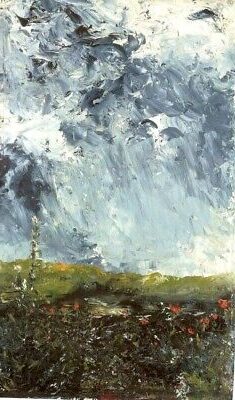
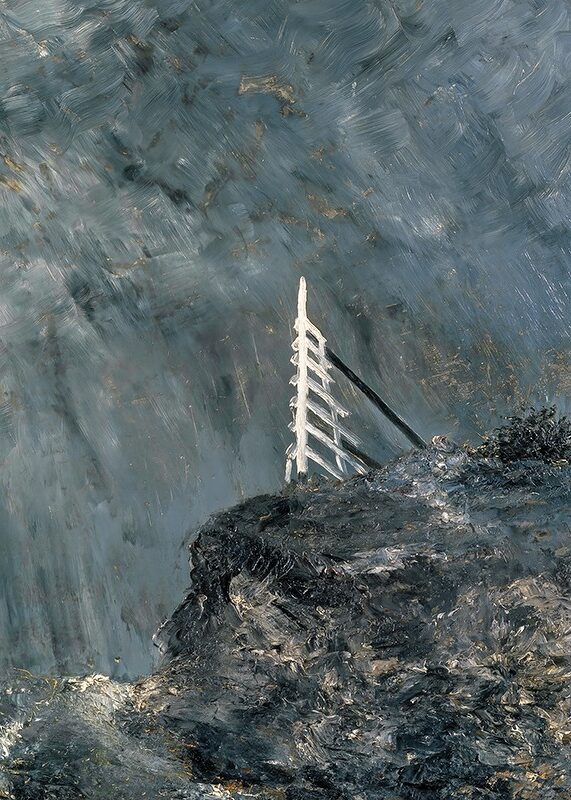
Christie’s has occasionally featured his works, with prices reflecting his unique position as both a literary giant and an unconventional painter. His most sought-after pieces are typically his dramatic seascapes and celestial studies.
The rarity of his paintings on the market has contributed to their value, with collectors appreciating both their artistic merit and historical significance. Swedish collectors show particular interest in acquiring his works when they become available.
Museum acquisitions have sometimes occurred through direct purchases at auctions, ensuring these important cultural artifacts remain accessible to the public.
Questions fréquemment posées
August Strindberg’s work as a painter reflects his experimental nature and complex relationship with visual art. His unique approach to paysages, use of unconventional techniques, and emotional expression through painting set him apart from other artists of his time.
What are the key characteristics of August Strindberg’s painting style?
Strindberg employed impasto techniques, applying thick layers of paint directly to his canvases. He often created landscapes with turbulent seas and skies, using natural elements to convey emotion.
His style featured abstract tendencies unusual for his time, with bold brushstrokes and experimental approaches to color and form. Strindberg sometimes used unconventional tools and methods, including pouring and scraping paint.
His paintings frequently explored themes of isolation, psychological turmoil, and the raw power of nature. The l'intensité émotionnelle visible in his works mirrors the psychological depth found in his literary creations.
How did August Strindberg’s work as a painter compare to his contemporaries?
While his contemporaries often followed established artistic traditions, Strindberg pursued a more experimental path. His work predated abstract expressionism by decades, showing remarkable foresight.
Unlike many painters of his era who sought technical perfection, Strindberg embraced spontaneity and chance in his creative process. His rejection of formal training and academic conventions set him apart from other Swedish artists of his time.
Strindberg painted primarily for personal expression rather than commercial success, unlike many of his peers. This allowed him greater freedom to explore radical techniques and subject matter.
What influence did painting have on August Strindberg’s literary works?
Strindberg’s visual sensibility enhanced his descriptive powers in plays and novels. His understanding of light, color, and composition transferred into vivid literary imagery.
His experimentation in painting mirrored his innovative approach to dramatic structure and narrative. The psychological intensity found in his paintings also appears in his character studies and dramatic conflicts.
Strindberg often used visual metaphors drawn from his painting experience to communicate complex emotions in his writing. His painter’s eye allowed him to create particularly vivid natural settings in works like “The Ghost Sonata.”
Which paintings by August Strindberg are considered his most significant contributions to art?
“The Wave” and “The Town” represent some of Strindberg’s most recognized landscape works. These paintings showcase his ability to capture nature’s power and emotional resonance.
His “Celestograph” series, experimental photographic images of night skies, blurred the line between photography and painting. These works demonstrated his interest in scientific processes and celestial imagery.
“Wonderland” and his seascape series from the 1890s display his most advanced techniques and emotional depth.
How did August Strindberg’s personal life impact his paintings?
Strindberg’s tumultuous marriages and psychological struggles manifested in the emotional intensity of his paintings. During periods of mental distress, his work often became more abstract and chaotic.
His self-imposed isolation in later years influenced the solitary, contemplative nature of many landscapes. The spiritual crisis he called his “Inferno period” produced some of his most innovative and emotionally charged paintings.
Financial difficulties often determined his access to materials, affecting his techniques and output. Strindberg sometimes created paintings during breaks from writing, using art as emotional therapy.
What critical reception did August Strindberg’s paintings receive during his lifetime?
Strindberg’s paintings received limited recognition during his lifetime. Critics often dismissed his visual art as amateur work by a writer dabbling in painting.
Some contemporary reviewers recognized the innovative quality of his techniques but questioned their artistic merit. It wasn’t until decades after his death that art historians began to seriously reevaluate his contributions to visual art.
Today, Strindberg is recognized as an important precursor to expressionism and abstract art movements. Modern critics now appreciate how his willingness to experiment with form and technique anticipated developments in 20th-century art.

